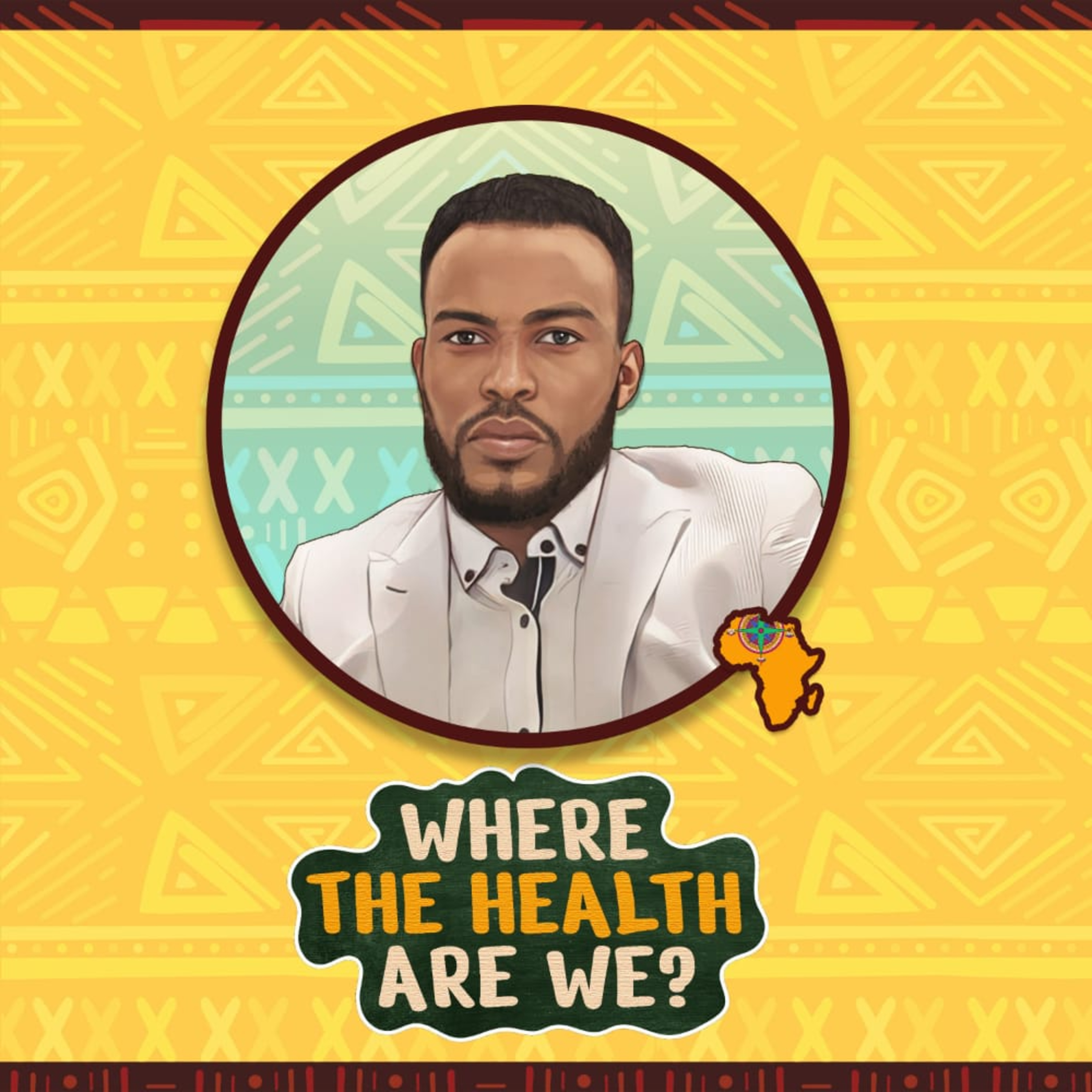War & Health: How the War in Ethiopia has impacted the Tigrayan health system
- Author
- Kampé Health Studios
- Published
- Sat 16 Jul 2022
- Episode Link
- https://podcasters.spotify.com/pod/show/wthaw-pod/episodes/War--Health-How-the-War-in-Ethiopia-has-impacted-the-Tigrayan-health-system-e1laf8i
TRIGGER WARNING: Please note that the following episode contains mention of violence, sexual assault and trauma. Listener discretion is advised.
What comes to mind when you think of the effects of armed conflicts? I don’t know what the answer to that question is for you but for me, I think of the casualties, both military and civilian. The reality, though, is that most civilian deaths don’t come as a direct result of these conflicts but rather, emerge from the damage incurred to infrastructure, the weakening of health systems, and malnutrition. In fact, in a 2020 study published in the BMC journal, it was estimated that almost 30 million civilian deaths were indirectly attributable to armed conflicts globally between 1990 and 2017. And two-thirds of those deaths were due to communicable, maternal, neonatal, and nutritional diseases.
In this episode, we turn the focus to an east African country that has recently been embroiled in one of these armed conflicts. We go to Ethiopia. In November of 2020, the Ethiopian government, led by Prime Minister Ahmed Abiy, laid siege to the northern region of Tigray, inciting an over 16-month period of violence marked by human rights violations, ethnic cleansing of the Tigrayans and the destruction of key infrastructure by the Ethiopian and Eritrean forces.
Although a humanitarian truce was called in March 2022, the damage has already been done. There are over 2.4 million internally displaced Tigrayan people and millions are unable to access their basic healthcare needs. In this episode, I speak to Hailay Gesesew, Ph.D. Hailay has written extensively in multiple publications about the effects of the armed conflict on the health of Tigrayans, calling for more global attention to be paid to the nightmare happening in Tigray. In his articles, he has described the damage done to health infrastructure, the effects of the war on the health workforce and how key health indicators in Tigray today significantly lag behind their prewar numbers.
Guest: Hailay Gesesew, Ph.D.
Additional resources:
- Ukraine and Tigray: A Hierarchy in the Value of Human Life
- The assault on health care in Tigray
- Left to die: the fate of thousands of people living with HIV in Tigray
To keep up with the podcast, you can follow us on Instagram, Twitter and LinkedIn. You can also check out the podcast’s Anchor page.
Thank you!
